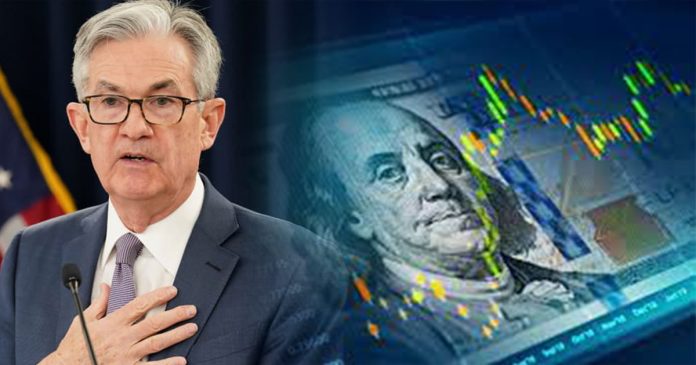The Appreciating Dollar
In the aftermath of the 2008 Financial Crisis, the Federal Reserve implemented years of quantitative easing to stimulate economic recovery, slashing rates to a near-zero, where they remained for the next six years. The idea was to spur investments, along with consumer spending, and drag the American economy out of recession. In the years that followed, the economy did begin to recover.
Treasury Bonds
The value of U.S. Treasury Bonds is directly connected to changes in U.S. interest rates, and in the United States, the Treasury yield curve is quick to reflect changes in domestic interest rates. As the yield curve moves up or down, global rates are set, accordingly. Since Treasury bonds are considered a risk-free asset, any other security must offer a higher yield to remain attractive, and with interest rates expected to increase, causing global investors to park their money in the U.S., emerging markets will feel a great deal of pressure to remain attractive.
Dollar Denominated Debt
Emerging markets are commonly affected by increasing interest rates in the United States and dollar appreciation. U.S. dollar-denominated liabilities at global banks have been steadily increasing and are the highest among major international currencies, with a balance of over $15 trillion in 2021.
1
Countries such as Turkey, Brazil, and South Africa, which perpetually run trade deficits, finance their account deficits by building up dollar-denominated debt.

















